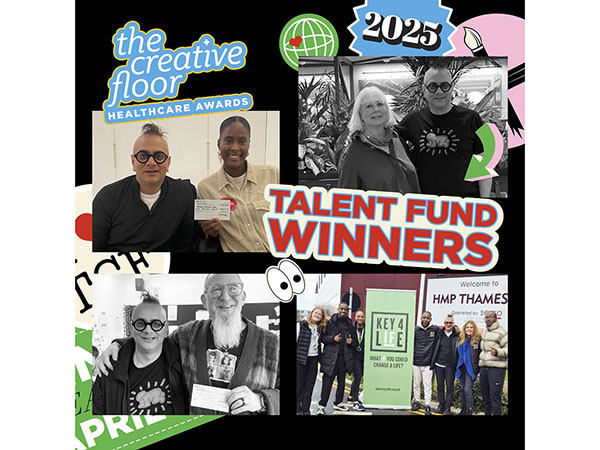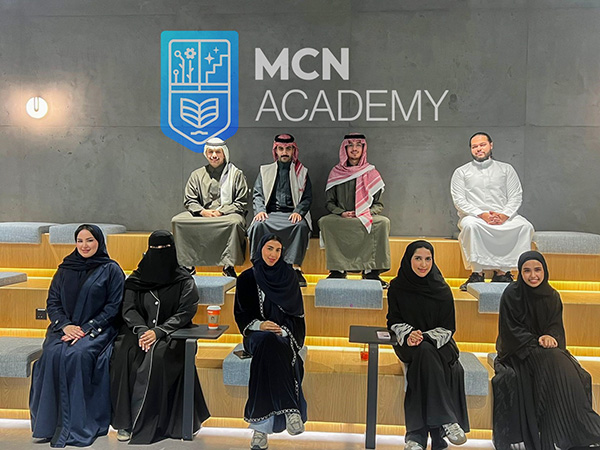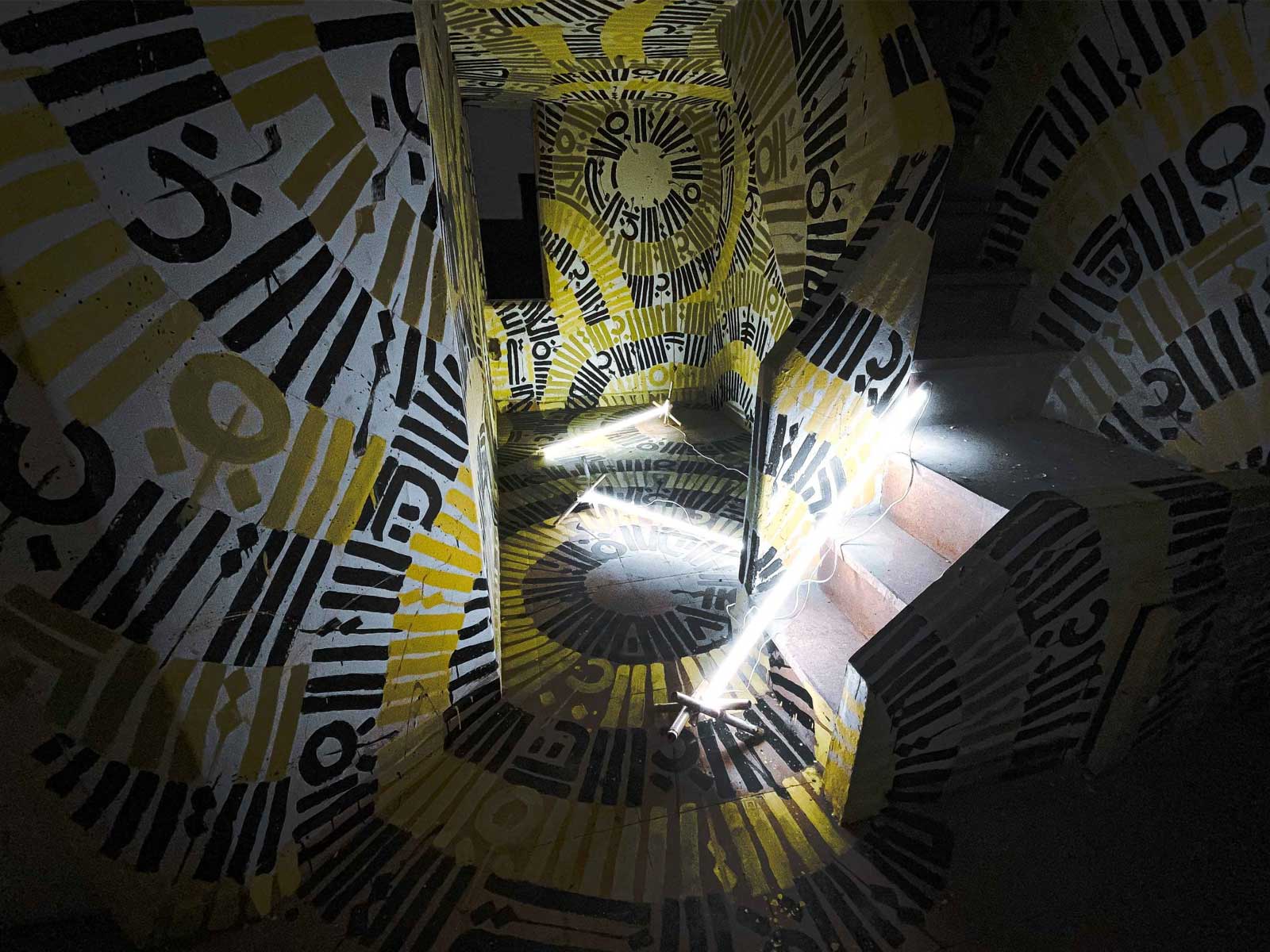Art & Design
Capturing the Heart of the City
April 30, 2016
.jpg) Advertisement
Advertisement
What’s the best part of being a photographer?
Meeting new people and discovering new places.
What is the hardest part of your job?
That’s easy, time and money.
If not a photographer who you would have been?
I probably would have been a tourist guide.
How would you describe your style and how did you develop it?
My main objective when shooting on the streets, is to wander around unnoticed. This is why I am a one-handed photographer who shoots at small apertures (hyper-focal technique) using wide-angle lenses... This allows me to get as close as possible to those I am shooting. And, after a long period of testing different techniques, I came to the conclusion that using a customised hyper-focal technique suits me best...
Which photographers inspired you most and how?
Most of the photographers who inspired me are part of Magnum Photos’. There’s Harry Gruyaert, Martin Parr, Daido Moriyama, Saul Leiter, William Klein, Bruce Gilden, Reza, Joseph Koudelka, Garry Winogrand and Fouad El Khoury among others.
In order to become good and successful, photographers unconsciously imitate those who influence them. I am no exception to this rule. My thinking and style are derived from those I listed above (but with a lot of customisation).
How do you educate yourself to take better pictures?
Once you know how to control you camera and not the opposite, taking better photos turns out to be a decision. This can be achieved by using a specific prime lens (or another accessory) and going out to shoot at a specific time of the day.
What has been the influence of digital technology on your photography?
Digital photography made everything easier, including photo capture (auto modes). It’s editing (computer software), and storing (memory cards). The technology helps me achieve what I would do with a film camera but in a relatively negligible amount of time and at minimal cost...
What kind of mode do you go into when photographing a concept or idea?
Being inside a creatively-inspired mind, you will never stop thinking about photography. Your family will be mad at you because you’ll transform your house into a workshop. You will blame yourself if you don’t have your camera 24/7. You will even start seeing street scenes in black and white too (I shoot a lot in B&W).
Can you tell us the true basis of your inspiration?
My mother inspires me a lot. She’s my role model. Being creative or innovative (out-of-the-box thinker) requires a lot of reflection and research. Good imagery is also achieved when everything is under control. This includes the gear, lighting, props or clothes used.
What is the favourite image you shot recently?
Among the many “good” photos I took recently, I can say that the shoemaker’s photo is one of my favourites. This old friendly and generous person allowed me to get in and shoot him while he was working... This photo is the last one I took of him. I placed him in the middle to highlight him using the light (daylight) entering through the facade windows (behind me) and made sure to have everything else (shop, machines, tools, lights, boots, etc.) using a small aperture through a wide-angle lens.
What makes a good picture stand out from the average?
A good picture needs to convey something new (an idea about the author, a story…) Other factors like composition and lighting complement it.
What do you want to say with your photographs?
My objective is to highlight the changes Beirut and Lebanon are going through. It’s a long term project that underlines the evolution of Beirut/Lebanon through its demography, architecture, urban life… To achieve this, I need to be on the streets almost every day in order to create a coherent sequence of photographs.
Do you get to work with ad agencies on specific assignments?
I worked with NOW Lebanon, Raseef22, and others. I used to recommend the subjects I would work on, most of which were considered “cultural”. One of the many memorable photo-essays I worked on was “Le Souffleur”. This private museum was an amazing discovery. I met its owner, Ibrahim Najem, as he invited me for a coffee in Ain el Mraysseh area. “I have a treasure up there” he said. Le Souffleur is the name of a French warship that sank on the shores of Beirut during WWII. Ibrahim once dived and discovered it bringing back, as a memory, its nameplate, which he placed on top of his museum’s main entrance...
Do you see yourself as a photographer many years down the road?
Yes I do. I still need to do a solo exhibit and publish a book if possible. Another aspect I need to work on is marketing.
What advice do you have for photographers just starting out?
Practice is all I recommend. No need to have an amazing camera or lens to start with. A cell phone’s camera can do the job. Another thing to do is to check the work of known photographers like Magnum Photos’...
On the technical front...
Nikon or Canon, other? Canon & Ricoh
Favourite lens? Either 24 or 28mm
Favourite photography accessory, other than your camera? Flash &/or notebook
Favourite editing accessory, other than your computer? Adobe Lightroom & Silver Efex pro...
What is your most used Photoshop tool, plug-in, action set etc.? B&W mix in Adobe Lightroom
Are you a Mac or PC lover? PC













.jpg)










